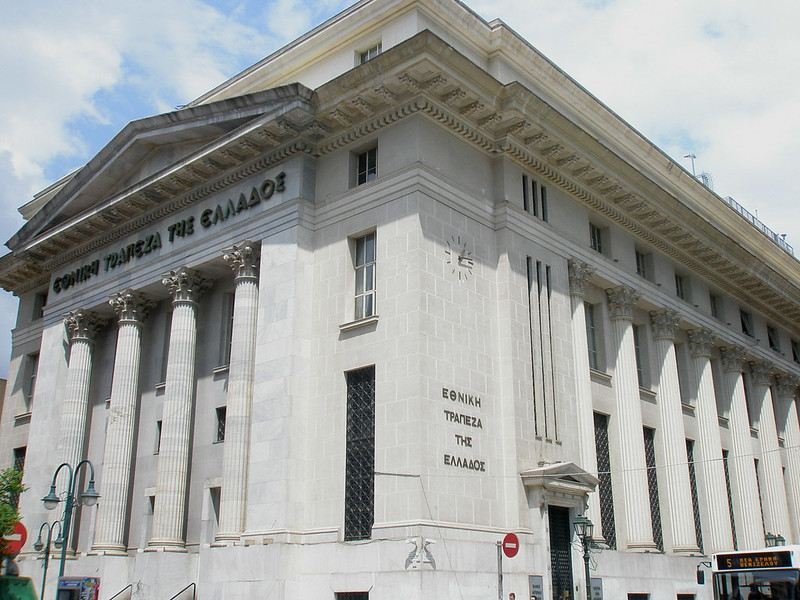
Archaeologists have uncovered dozens of remarkably preserved Bronze Age artifacts in the submerged village of Lake Mezzano, a small volcanic lake in the Latera caldera of central Italy. The discovery follows the completion of the first phase of underwater excavations, marking the revival of research at the site after a long pause.
Ancient settlement revealed beneath the lake
The project, supervised by the Superintendency of Archaeology, Fine Arts, and Landscape for the Province of Viterbo and Southern Etruria, revealed the remains of a pile-dwelling settlement dating between 1700 and 1150 B.C.
The site, hidden beneath the calm volcanic waters of Tuscia, offers new insight into prehistoric life and is one of Italy’s best-preserved underwater archaeological sites.

Operations were led by the Superintendency’s Underwater Archaeology Service, supported by underwater archaeologists, restorers, and specialized technicians, along with the Carabinieri Underwater Division in Rome. The team aimed to document, preserve, and protect the ancient settlement, which had remained untouched for years.
Hundreds of wooden piles mapped underwater
Researchers have mapped more than 600 wooden piles emerging from the clay lakebed, covering about one-third of the known settlement. The piles, found at depths between 33 feet and 8 feet, show how the community adapted to fluctuating water levels over nearly six centuries. Many artifacts likely fell from wooden platforms—some charred by fire—revealing traces of daily life in the Bronze Age.
A full morpho-bathymetric survey of the lake preceded the excavations. Using suction hoses, divers removed compact clay deposits under cold, low-visibility conditions to expose the buried layers.
Findings show that even where no wooden structures are visible, archaeological deposits continue beneath the clay. The lakebed appears to have been uneven, with deeper depressions now filled with sediment.
Evidence of a continuous settlement pattern
Researchers found no clear division of residential zones. Instead, both wooden piles and artifacts extend across at least a quarter of the lake, forming a horizontal or “concentric” pattern of stratigraphy that suggests continuous habitation rather than separate clusters of dwellings.
Dozens of bronze artifacts found in pristine condition

Among the most striking discoveries are more than 25 bronze objects, exceptionally well-preserved within the upper clay layer, which prevented oxidation. These include socketed axes, spearheads, fibulae, rings, a pin, and a sickle—all retaining their metallic luster. A pierced bronze disk featuring a solar symbol stands out as a unique find.

Fragments of panelle—bronze ingots associated with smelting—were also uncovered, suggesting the presence of metallurgical activity. Some artifacts show evidence of fire damage, likely from burned wooden structures that collapsed into the lake.
Safeguarding the site and next steps
In areas where metals were found above the main archaeological layer, researchers used metal detectors, assisted by Carabinieri divers, to locate artifacts and prevent looting in accessible zones. Restorers acted swiftly to stabilize the objects and preserve their condition.
Future excavation phases will continue mapping the wooden piles and analyzing how ceramic and metal materials align with different depth zones of the settlement. Stratigraphic excavation will also help determine how the layers formed. While many remain sealed beneath dense clay, erosion near the Olpeta River continues to expose older deposits along the shoreline.


